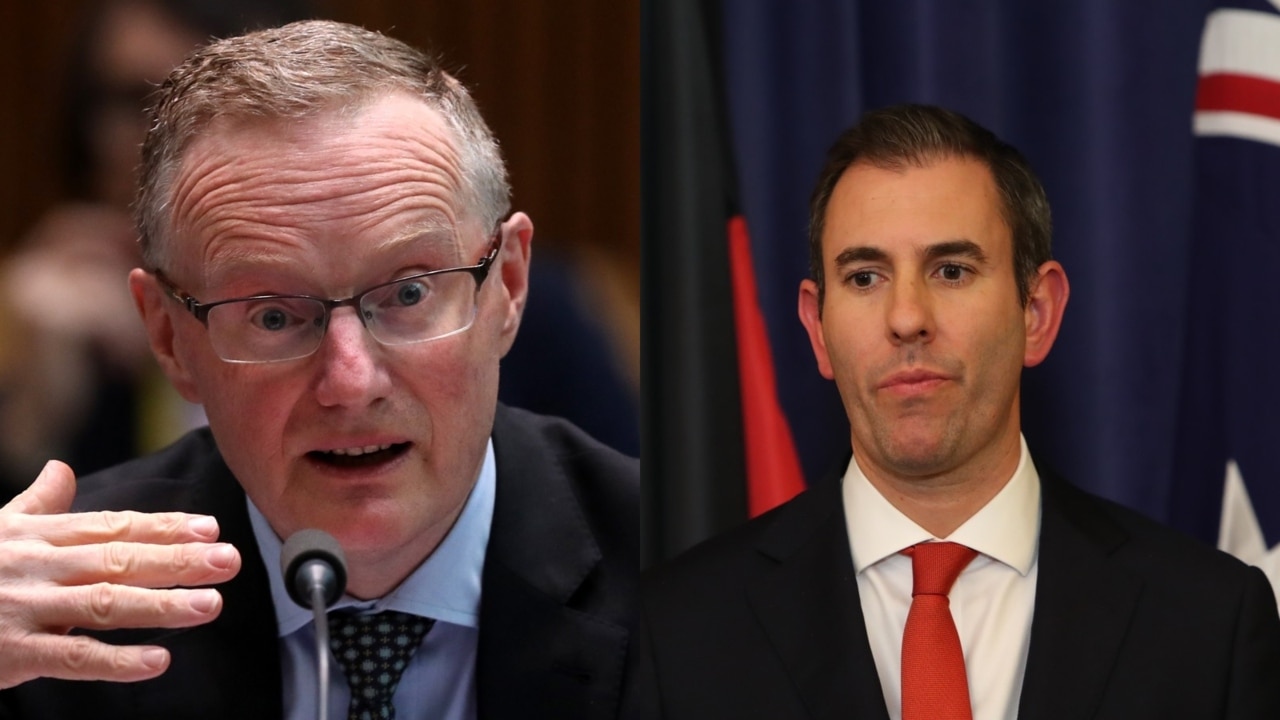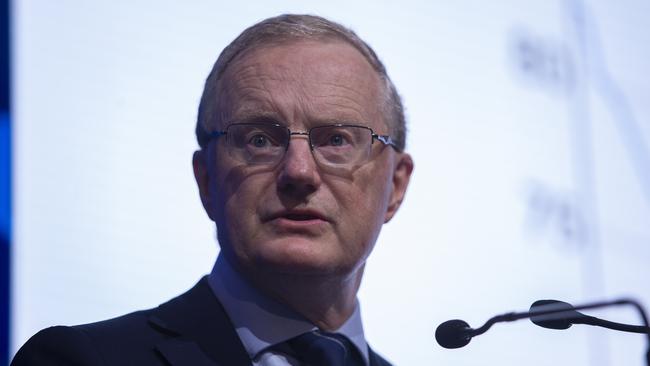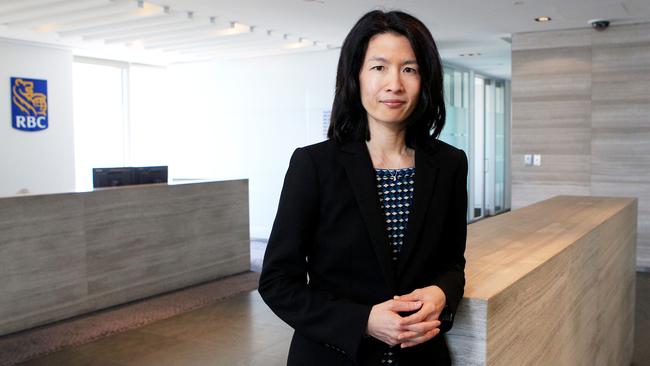RBA cash may hit 4.85 per cent, says economists as CPI, wages, house prices add pressure
Weakening economic growth and accelerating labour costs in the March quarter national accounts data will be uncomfortable reading for the Reserve Bank as it struggles to lower inflation.

Business
Don't miss out on the headlines from Business. Followed categories will be added to My News.
Evidence of weakening economic growth and accelerating labour costs in the March quarter national accounts data have increased pressure on the Reserve Bank as it struggles to lower inflation – and have raised the prospects of further interest rate rises.
Together with an unequivocally hawkish speech by Philip Lowe at the Morgan Stanley Australia Summit, the inflationary pressure in the national accounts data led economists to warn of additional rate rises, with Goldman Sachs and Capital Economics predicting three more increases.
At the same time, the cash rate futures market flipped to a year-end cut on recession fears.
In his speech, the RBA governor said there was a “limit” to how long inflation could stay above the central bank’s 2 to 3 per cent target band, and the “desire to preserve the gains in the labour market does not mean the board will tolerate higher inflation persisting”.
“The longer it stays there, the greater the risk that inflation expectations adjust and the harder, and more costly, it will be to get inflation back to target,” he said.
“If inflation stays high, this will damage the economy and all Australians will feel the effects.”

Dr Lowe also highlighted a range of upside risks to the RBA’s inflation outlook, including higher-than-expected CPI data and award wages, rebounding house prices and offshore data.
“In addition, the headwind for household spending from falling housing prices looks to be coming to an end and could be replaced with a tailwind from increasing housing prices.”
Dr Lowe pushed back against concerns about the effect of higher rates on borrowers, noting that mortgage arrears remained low and that households could pull back on consumption to continue to service their debts.
While acknowledging the impact of rates was uneven across the community, he highlighted that “unevenness is not a reason to avoid using the tool that we have”.
The national accounts data showed a surprise acceleration in unit labour costs to 7.9 per cent on-year, inflated by a record 4.5 per cent drop in productivity. That along with the hawkish tone of Dr Lowe’s speech, led Goldman Sachs and Capital Economics to predict 25 basis point rate rises in July, August and September which would take the cash rate to a peak of 4.85 per cent.
Dr Lowe’s current term ends on September 17 and he is not expected to be reappointed.
The RBA announced an earlier-than-expected 25 basis point lift in the cash rate to a decade high of 4.10 per cent on Tuesday. It has raised 12 times in the past year, yet inflation is close to 7 per cent.

“Overall, we viewed the speech as signalling a hawkish shift in the RBA’s reaction function, which to date has been somewhat more dovish than global peers,” said Goldman Sachs Australia chief economist Andrew Boak.
But he also said the pace of rate increases could slow in the second half of 2023, with additional uncertainty stemming from upcoming institutional changes to the RBA.
Capital Economics head of APAC Marcel Thieliant also predicted a 4.85 per cent cash rate by September, “even though the economy is clearly losing momentum”.
Quarterly growth slowed to just 0.2 per cent in the March quarter, below market expectations of a 0.3 per cent rise, and annual growth slowed a “sub-trend” 2.3 per cent versus 2.6 per cent expected.
Mr Thieliant warned that “aggressive monetary tightening would push the Australian economy into a mild recession in the second half of the year”. But the RBA will keep hiking because a “productivity problem that has been plaguing Australia in recent quarters is only getting worse”, and the RBA “has turned more hawkish”, as it noted that upside risks to inflation have increased.
“The strength in unit labour costs is certainly one of them, but the Bank is also becoming increasingly worried about an unanchoring of inflation expectations, perhaps rattled by the mammoth 5.75 per cent minimum wage hike unveiled on Friday,” he said.
Tuesday’s RBA statement omitted to say that “medium-term inflation expectations remain well anchored”, a line that was present since July 2022. And in his speech, Dr Lowe noted for the first time that inflation expectations are one of the key indicators the Bank is watching.
Dr Lowe’s speech gave another strong hint that he now thinks interest rates in Australia are too low.
He noted that services inflation is proving persistent in the UK and the US.

“It is noteworthy that interest rates are higher in the other English-speaking advanced economies than in Australia and are expected to go a little higher still,” Dr Lowe said.
RBC chief economist Sun-Lin Ong said the GDP data painted a “sombre and challenging picture”.
Growth slowed to a sub-trend pace as the weakness in residential construction broadened to the consumer, and with the RBA hiking further since March, and a step-up in the expiry of fixed rate mortgages due from mid-2023 alongside ongoing cost of living pressures, she said the slowdown is set to continue, and the jobs market will “eventually” follow.
But with GDP data showing compensation of employees up 10.8 per cent on-year, unit labour costs up 7.9 per cent on-year, and productivity down a record 4.5 per cent on-year are “inconsistent with the inflation target” and will likely require “a more material weakening in domestic demand”.
“We had not expected that large an acceleration in annual unit labour costs,” Ms Ong said.
“Accordingly, policy needs to move into more restrictive territory and there is upside risk to our 4.35 per cent terminal forecast.”
More Coverage
Originally published as RBA cash may hit 4.85 per cent, says economists as CPI, wages, house prices add pressure





